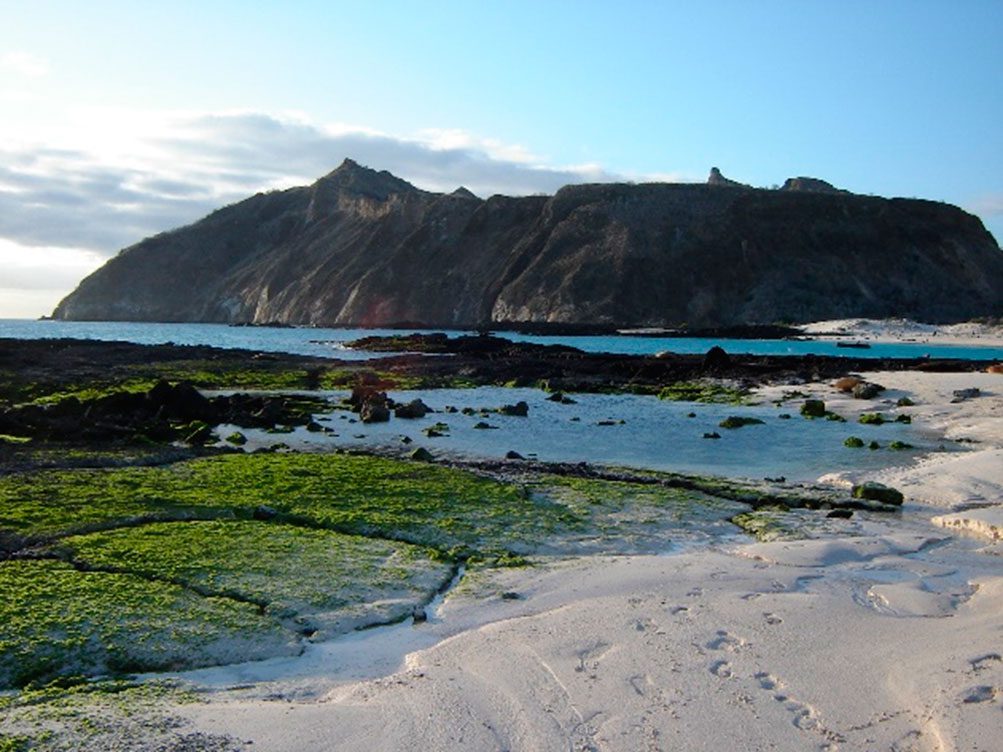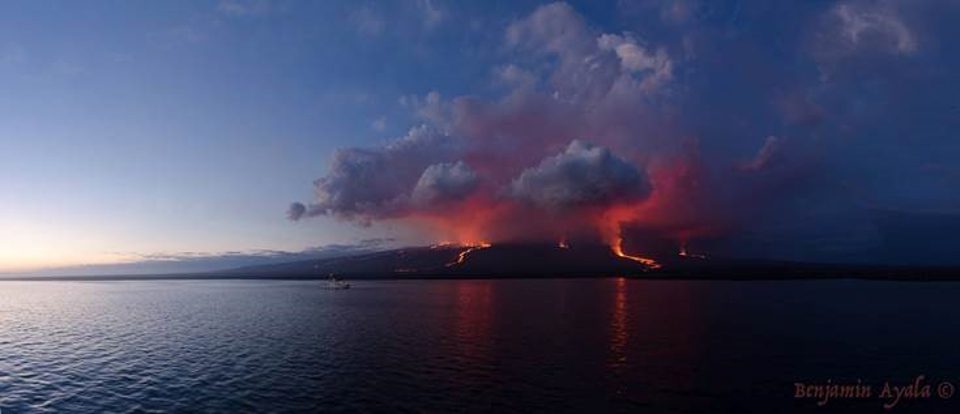The world’s most volcanically active regions are thought to be the Galapagos Archipelago. As if to demonstrate this point, four of its volcanoes—Wolf Volcano, 2015; Cerro Azul, 2008; Fernandina, 2009; and Sierra Negra, 2005—have erupted in the previous 11 years alone. Go through the Galapagos Volcanic Activity article.
TALK TO A DESTINATION EXPERT

Diego Zapata

Rosa Mena

Sandy Lara

Diego Zapata

Rosa Mena

Sandy Lara
AGE OF GEOLOGY
The scientific community is divided on the Galapagos Islands’ volcanic past. However, it was recently established that the hot spot on which the archipelago is located and which is responsible for its construction has been highly active for at least 16 million years. We say “at least” because carbon dating is impossible because the data that would determine the archipelago’s actual age has long since sunk beneath the planet’s surface.
When the volcanoes are dormant, they gradually move toward the South American Plate until they are crushed and disappear beneath it. However, scientists have recently found evidence of volcanoes on the ocean floor that date to the Miocene Period (23.03 to 5.332 million years ago). Ash from the Galapagos Hotspot, discovered 1,200 kilometers from its source, lends more credence to this information. The geology community will benefit greatly from this discovery in determining the actual age of the archipelago since the Nazca Plate moves at a rate of roughly 77 mm per year.

THE VOLCANIC ACTIVITY RATE
Even though the Galapagos Islands are well recognized for being a geologically active region, research conducted in 2000 revealed important information about the actual scope of this activity. Five different days between 1992 and 1999 saw a team of experts gather satellite photographs of the archipelago using synthetic aperture radar interferometry. These photos showed that the volcanoes’ shapes had somewhat changed during the investigation. According to experts, this movement is caused by magma accumulation or withdrawal within volcanic calderas; hence, even the slightest change in a volcano’s structure is a reliable predictor of future volcanic activity. According to the team’s analysis, six of the seven volcanoes—one on Fernandina Island and six on Isabela Island—were experiencing volcanic activity. The areas with the highest activity levels were Sierra Negra, Wolf, Darwin, and Alcedo, with Sierra Negra rising about nine feet. It took five years for this volcano to explode. The findings of this study have made the Galapagos Islands the only place in the world where six active volcanoes are located in an area of barely 160 square kilometers.

CURRENT ACTION
The most recent volcano to erupt in the archipelago was Wolf Volcano on Isabela Island, which started on May 25 last year. It was the first eruption in thirty-three years. Smoke rose ten kilometers into the sky, and lava flows continued into the sea for three days until May 28. The scientific community was worried about how the eruption would affect the local wildlife because of the area’s high concentration of wildlife. However, even though the explosion released about 40,600 tons of sulfur dioxide into the atmosphere each day, it produced very little ash, significantly reducing the impact on the wildlife in the area.
THE IGUANA POPULATION IN PINK
Because of the low explosiveness of the eruption and the feeble lava flow, only a few island residents were at risk during the explosion. Furthermore, since Puerto Villamil, the only settlement on the island, is about 115 kilometers from the volcano, no human being is thought to be in danger. But soon, worries about the local population of pink iguanas surfaced. The pink iguana population is near the volcano’s base worldwide, and its numbers are low.
Only at the turn of the century was the pink iguana’s status as a distinct species established. It had just been identified in 1986. It is the only surviving descendant of the first land iguanas that arrived in the archipelago, and scientists estimate that it split from the Galapagos golden iguana more than 5.7 million years ago. Despite this, park officials announced a few days later that the iguanas were safe. The flows had only gone six kilometers past them.

Javier Garcia

Eduardo Silva

Carolina Escobar
START PLANNING YOUR TRIP

Javier Garcia

Eduardo Silva

Carolina Escobar
Get in touch for more
CONTACT US
Blog Reviewed by Francisco Dousdebés
Image Credits: Francisco Dousdebés


